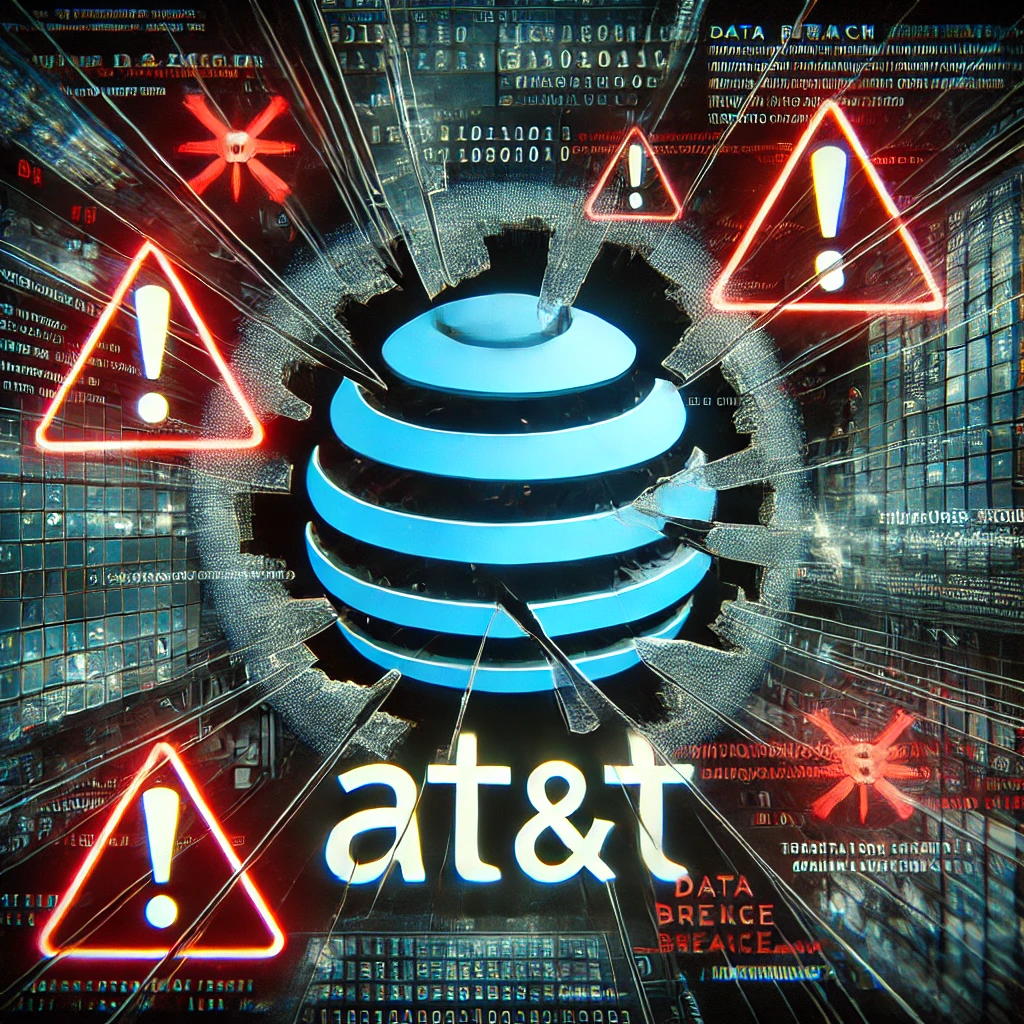Introduction
In a significant cybersecurity incident, AT&T has confirmed a data breach affecting nearly all its wireless customers, as well as those of mobile virtual network operators (MVNOs) using AT&T’s network. This breach, occurring between April 14 and April 25, 2024, has exposed sensitive customer information, sparking concerns and prompting urgent action from both the company and affected users. This blog will delve into the details of the breach, its implications, and the steps you can take to protect yourself.
Overview of the Data Breach
Incident Period and Detection
The data breach at AT&T was detected on April 19, 2024, involving unauthorized access to customer information between April 14 and April 25, 2024. The breach compromised call and text interactions, including data from May 1 to October 31, 2022, and January 2, 2023.
Scope of the Breach
Nearly all wireless customers were affected, including those using MVNOs like Cricket Wireless, Straight Talk, and others. The exposed information includes:
- Telephone numbers
- Interaction counts
- Aggregate call durations
- Cell site identification numbers (for some records)
Implications of the Breach
Impact on Customers
The exposed data, while not including sensitive personal information like social security numbers or financial details, still poses significant risks. The compromised call and text records can be exploited for phishing attacks, identity theft, and other malicious activities. Customers are advised to be particularly cautious of suspicious communications and to take steps to secure their accounts.
Expert Insights
Jake Williams, a former NSA hacker, highlighted that the stolen call data records (CDR) are highly valuable for intelligence analysis. These records reveal patterns of communication, providing insights into who is communicating with whom and when. Such information can be used for targeted attacks, making it imperative for customers to be vigilant.
AT&T’s Response
Immediate Actions
Upon discovering the breach, AT&T immediately initiated response efforts. The company has been working closely with law enforcement, leading to the apprehension of at least one individual involved in the breach.
Security Enhancements
AT&T has announced several measures to enhance security and prevent future breaches. One notable step is the implementation of mandatory multi-factor authentication (MFA) for all users accessing sensitive information. This move aims to add an extra layer of security, making it more difficult for unauthorized individuals to gain access to customer data.
Recommendations for Affected Customers
Monitor and Protect Your Accounts
Customers affected by the breach should take proactive steps to monitor and protect their accounts:
- Be Cautious of Phishing: Only open texts from trusted sources and be wary of suspicious links or requests for personal information.
- Enable MFA: Ensure that multi-factor authentication is enabled on all accounts to add an extra layer of security.
- Request Data: Customers can request details of the phone numbers involved in the stolen data to better understand the potential impact.
Stay Informed
Keeping abreast of updates from AT&T and following recommended security practices can help mitigate the risks associated with this breach. Regularly updating passwords and being cautious of suspicious activities are essential steps in protecting personal information.
Industry-Wide Implications
Security Practices in the Telecom Industry
This breach underscores the need for robust security practices within the telecommunications industry. Companies must invest in advanced security measures to protect sensitive customer information and prevent unauthorized access. The adoption of MFA, encryption, and regular security audits are critical components of a comprehensive security strategy.
Regulatory and Compliance Considerations
The breach also highlights the importance of regulatory compliance. Telecom companies must adhere to strict data protection regulations and ensure that their security practices meet industry standards. Compliance with regulations such as the General Data Protection Regulation (GDPR) and the California Consumer Privacy Act (CCPA) is essential to protect customer data and avoid legal repercussions.
Conclusion
The AT&T data breach serves as a stark reminder of the vulnerabilities inherent in our increasingly connected world. While the immediate focus is on mitigating the impact of this breach and protecting affected customers, it is equally important to take a long-term view. Strengthening security practices, adhering to regulatory requirements, and fostering a culture of vigilance and proactive protection are essential steps in safeguarding against future threats.
As we navigate the aftermath of this breach, it is crucial for both companies and individuals to prioritize security. By staying informed, taking proactive measures, and adopting best practices, we can collectively work towards a more secure digital landscape.
